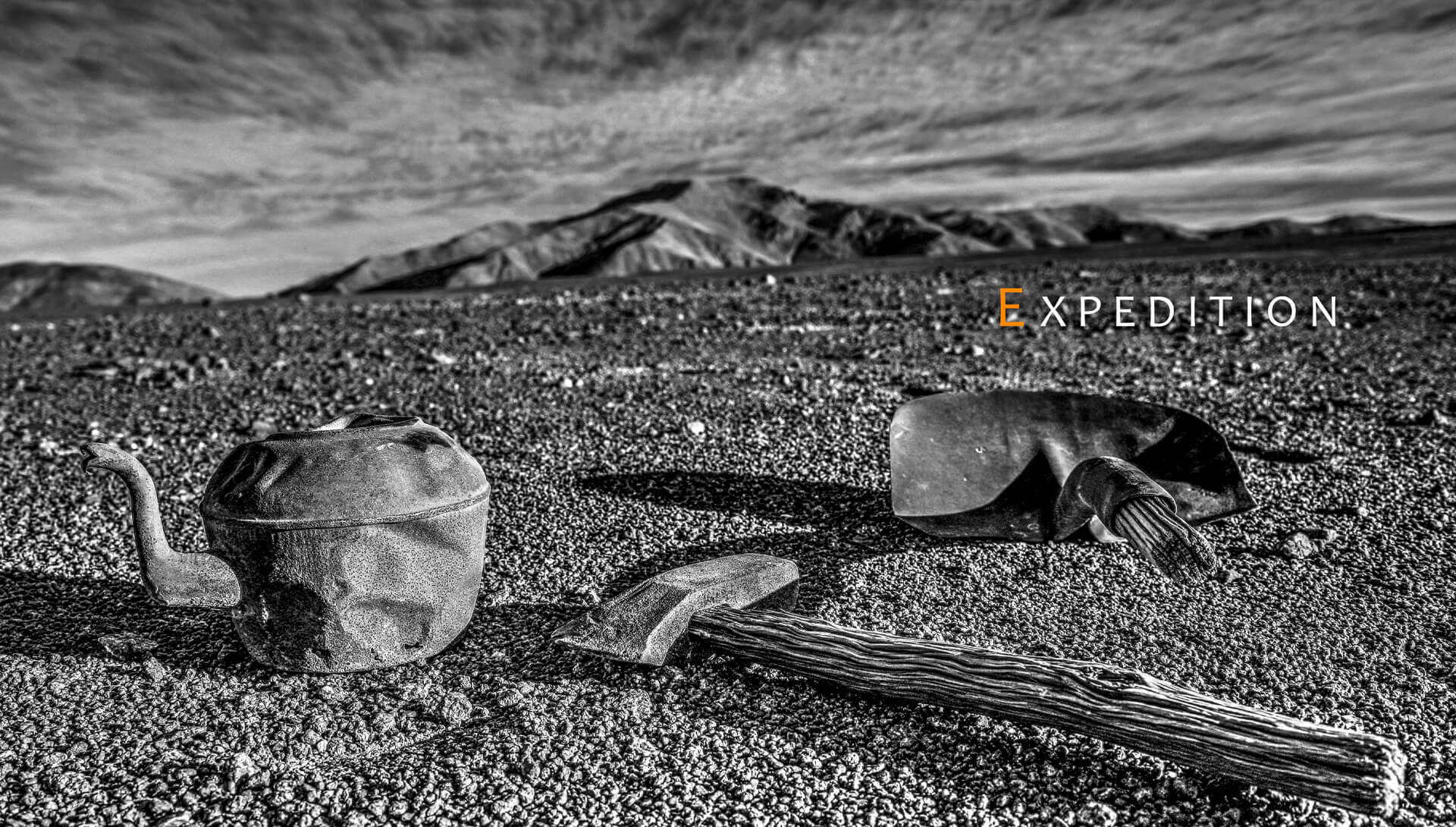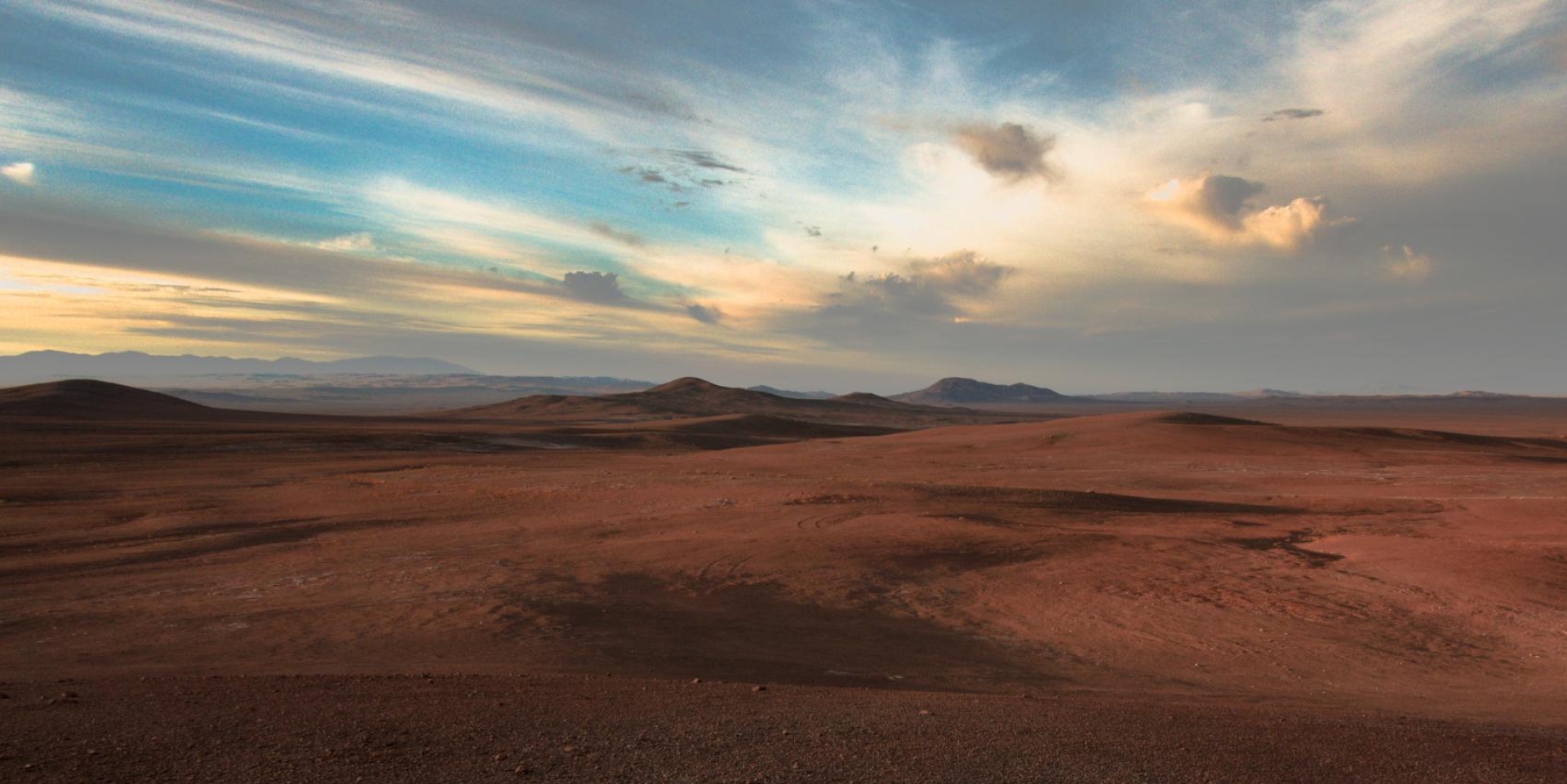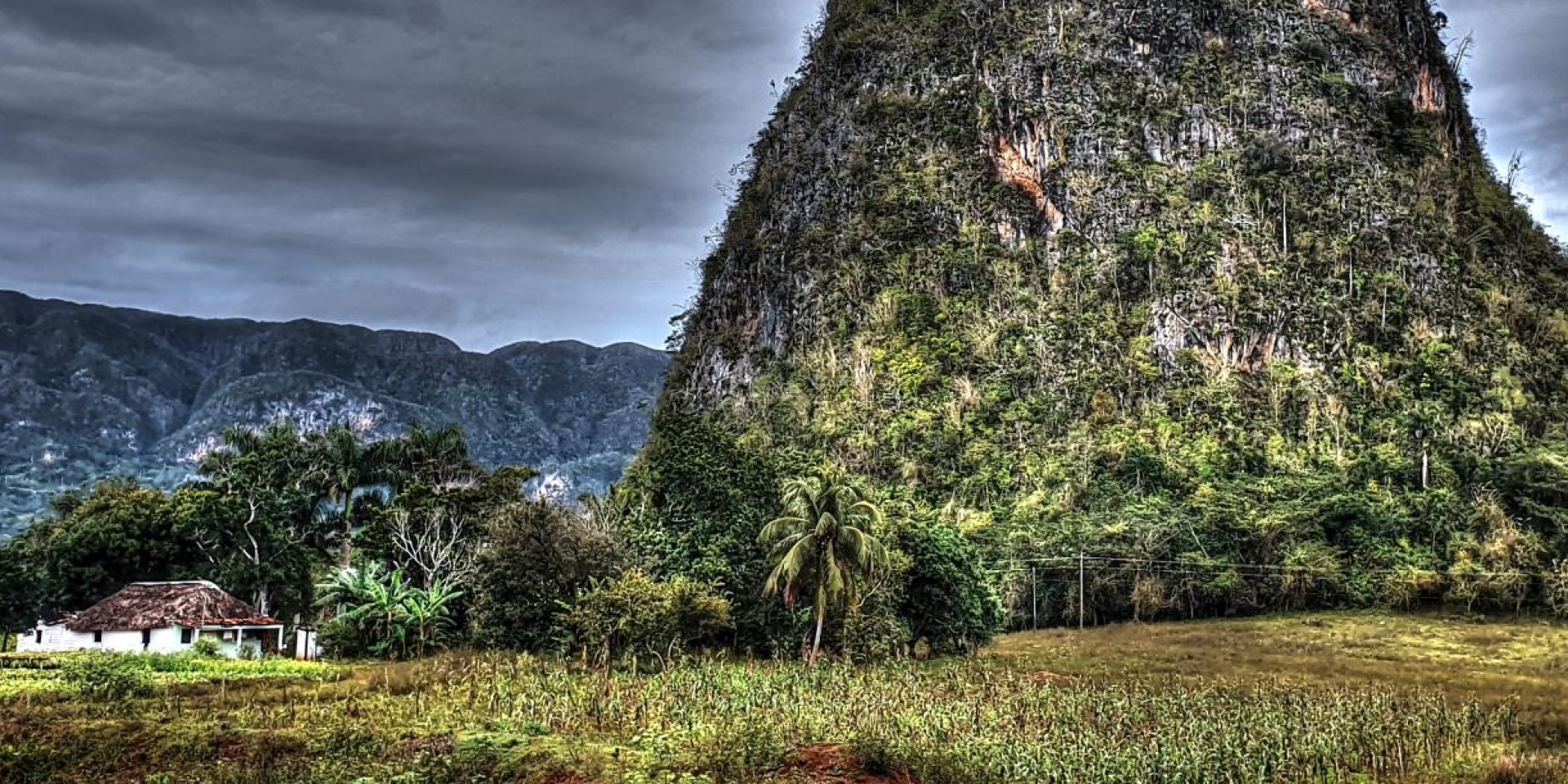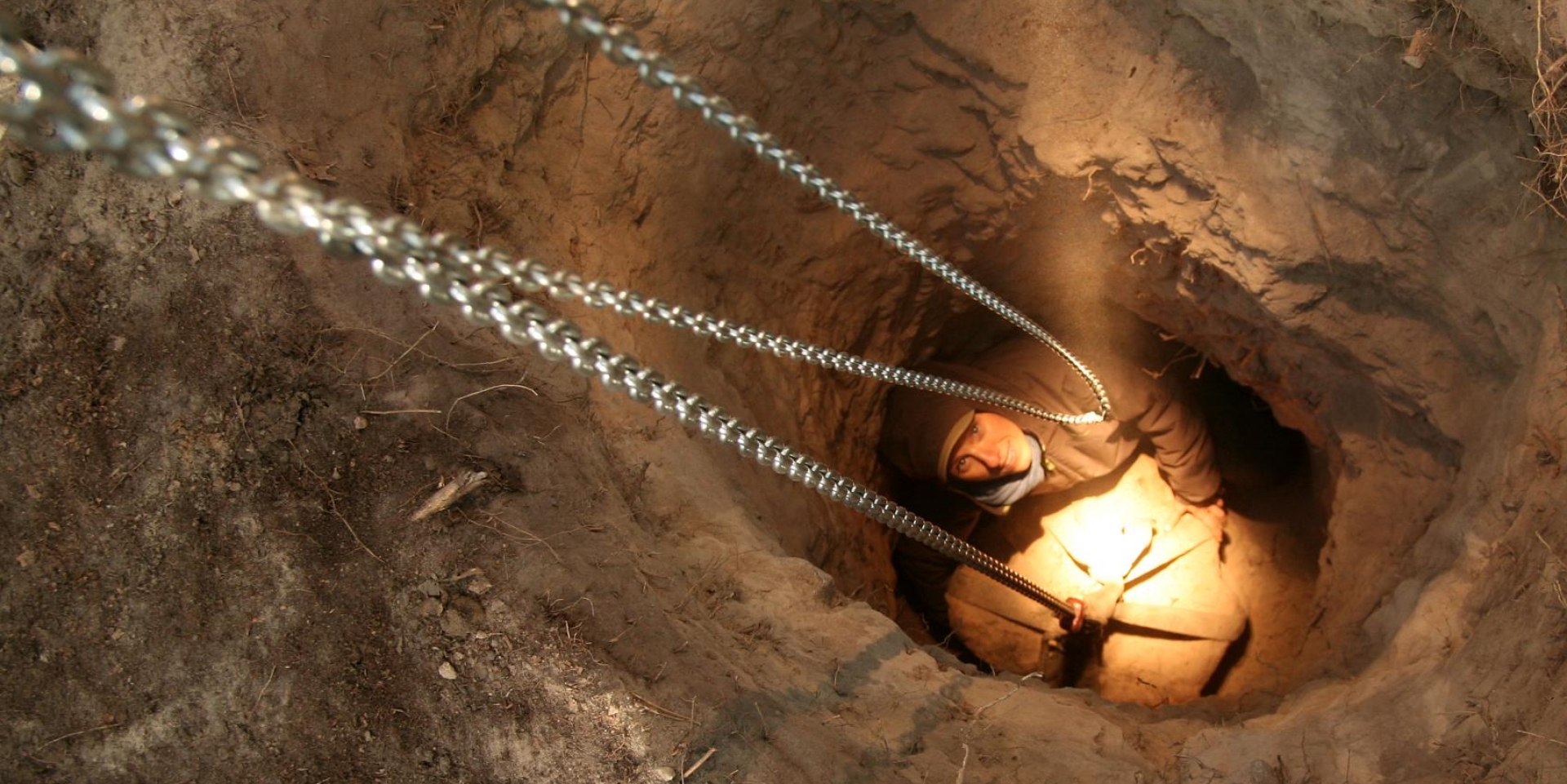
Expedition ART&MET
The purpose of our expeditions is to search for meteorites, document them, and discover the best regions of their potential occurrence. Usually, these are not very human-friendly places. Among others places, there is the driest desert in the world: the Atacama, the Saharan desert, or the Ar-Rab al-Khali desert located in the southern part of the Arabian Peninsula. All of these places are characterized by a harsh climate. In some areas of those deserts, droughts last for decades. They are characterized by significant daily temperature amplitudes, a constant deficit of humidity, often blowing winds, and strong sunlight. And because of that hostile climate deserts are the least populated locations.
For us, however, deserts are special, whoever has visited these places will always want to come back there. Except for deserts, we explore more broad range of areas. In search of meteorites, we also visit historical and well-documented places, including known by everyone, the Pultusk meteorite from 1864, or the fall of the Łowicz Mesosiderite from 1935. The Morasko iron meteor shower cannot be ignored, the first documented specimen was found in 1914. As well as the Magura meteorites from Slovakia from 1840. and finally the iron meteorite Twannberg in Switzerland.
An important aspect of our search is also searching for new inheritances registered by the European Fireball Network or the European AllSky7 fireball network to which we belong to.
Returning from each expedition, we prepare and deliver samples to befriended laboratories. Our regular partners are: Center Européen de Recherche et d'Enseignement des Géosciences de l'Environnement (CEREGE) at the University of Aix Marseille, the Department of Earth and Planetary Sciences of Washington University in St Louis, as well as the Museum für Naturkunde Leibniz-Institut für Evolutions - und Biodiversitätsforschung, Geochemical and Microanalytical Laboratories in Germany. There, our samples are then examined and classified, where they finally end up in the great book of the Meteoritical Bulletin Database
"I have always been intrigued by the existential origins of the universe. Time and space perpetually present themselves as enigmatic phenomena, yet this will not deter my inquiries.
Now that I have the opportunity, I am eager to share my explorations with you. Remain inquisitive, for I am certain that I always will be."












